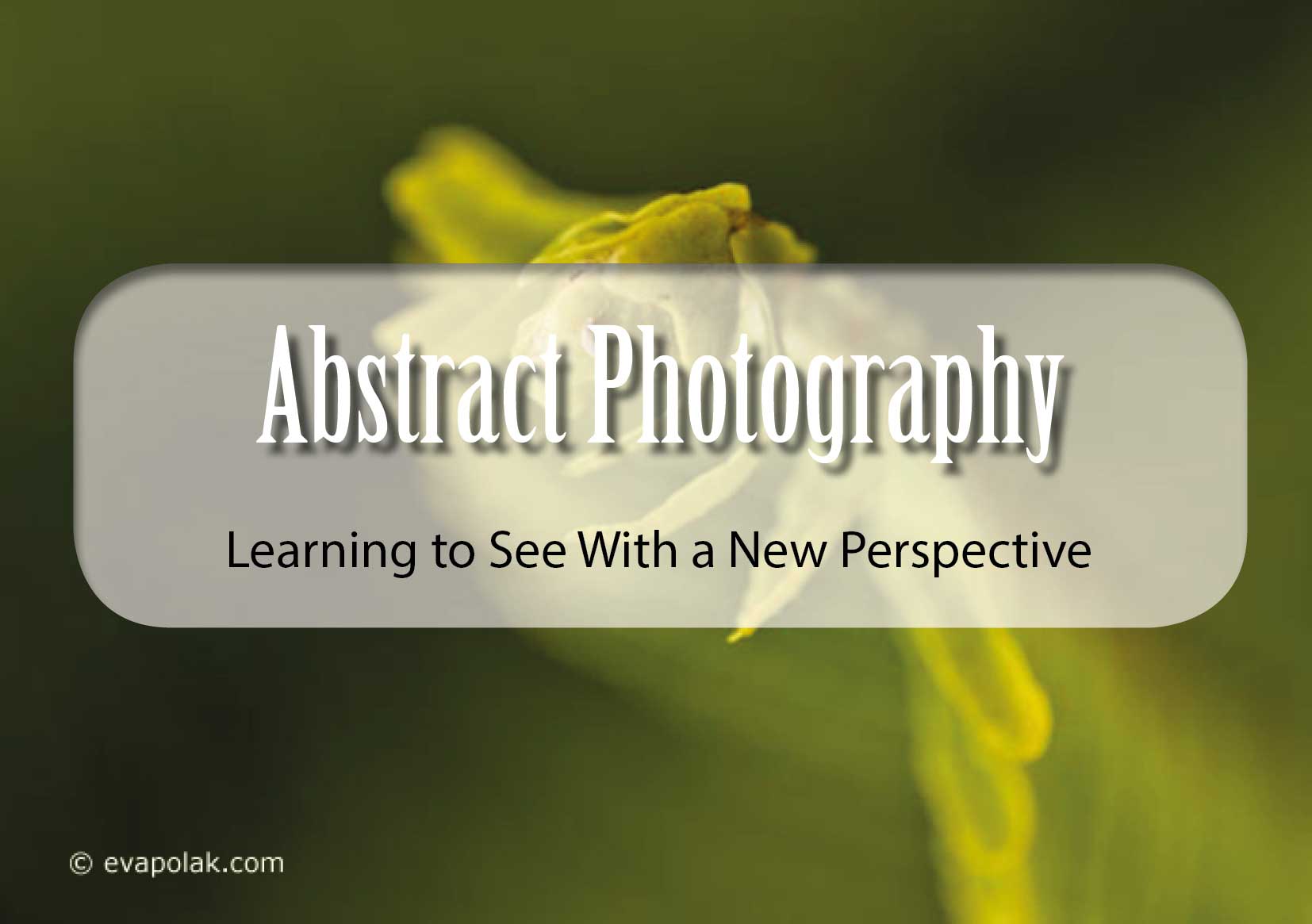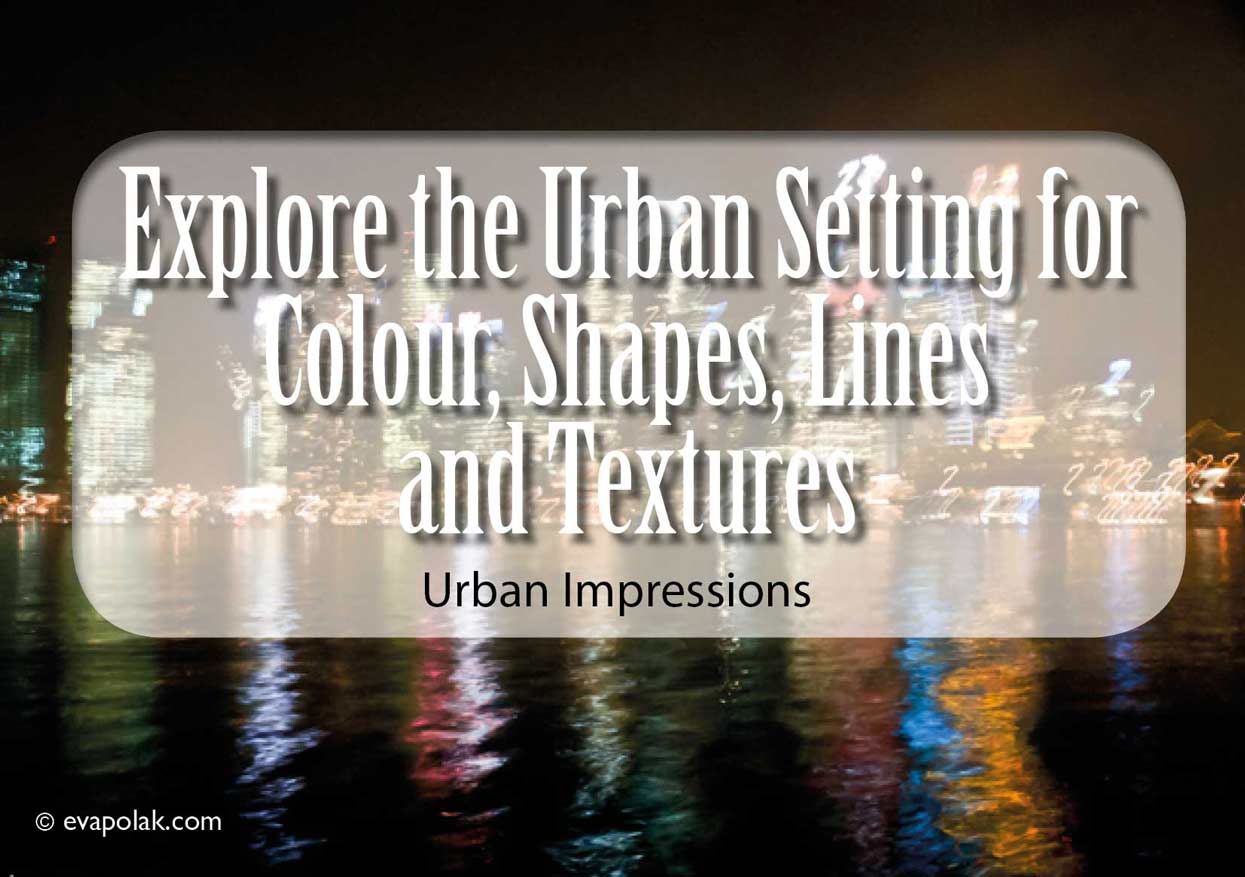Creating better photographs is more than simply developing a better technique. You are isolating the world within the frame of a viewfinder and you need to figure out how to transform what you've found into a dynamic, engaging composition that works.
Composition refers to the positioning of visual elements (such as lines, shapes and colours) to create beauty, balance and flow throughout the entire image. Composition can also help to create a story within the context offered by the scene.
In the case of a busy scene, it can be easy to lose sight of what's important. Therefore, it is crucial to break down what you see compositionally into light, colour, lines and shapes. Try not to become too distracted by all of the details.
"Developing a composition is a creative process involving intuition and thinking more than following rules."-- Alessandra Bitelli
Every scene can be reduced to a diverse collection of lines and shapes. Lines and shapes make the image. However, they need to be properly arranged in order to create a coherent flow. That flow is the foundation of the image.
Learning to master composition means learning to see abstractly. If you concentrate on simple shapes and lines, you will see the actual visual dynamic in your photographs.
The proportion of every photograph, whether square, vertical or horizontal, has its own special dynamic that affects (and is affected by) the placement of the subject that you are photographing. Think about the visual strength of shapes within your subject matter as you create your images. This will influence how you crop or frame your photo.
When you are looking for something to photograph slow down, absorb nature, quieten your mind and appreciate the nuances and variety of what is around you. Be aware of your feelings until something grabs your attention. That way, you will find a subject with your heart rather than your head. If you slow down and let the subject matter speak to you, you will be less likely to filter the scene through your usual, familiar ideas of what a good image or subject is. You will respond with a fresh vision of shapes, lines and their arrangements in a picture plane.
A good practice is to choose one simple subject and shoot several photographs of it. With each new image, change your composition by moving your subject within the frame. Try to look at the subject and "trace" it with your mind's eye. What are the shapes telling you? What kind of statement can you make with them? Change the orientation from landscape to portrait and again move your subject within the frame.
What you end up with are several images of the same subject, each witha very different visual appeal. Download the images to your computer and take a moment to evaluate each one. Which image do you like the best, and why? Which do you like the least, and why?
Creative Exercise:
At first, thinking in terms of lines and shapes can be a bit confusing. To understand how these elements relate to overall composition, you can start with this simple exercise:
Place some translucent paper (tracing paper) on top of a photograph and trace it, using only lines and simple shapes. Ignore all details. Now you can see more clearly the underlying shapes and lines that constitute your image.
Looking at the basic visual elements of an image beyond the subject matter helps to better understand the composition and its flow. Let each image speak to you. If you spend a quiet moment with every image you will become aware of how the composition is directing your eye around the picture plane.
Does your eye move toward your point of interest? Or do you feel distracted by too much information or detail? Try to identify the fundamental elements that are disrupting your flow around the composition. Once you can see the problem, the solution is usually pretty straightforward. You may not always see what you need to see at first. Just relax and come back to your image the next day or next week. With practice, you will begin to identify the strengths and any weaknesses within your compositions. At the same time don't be too critical; never beafraid to trust your own instincts.





